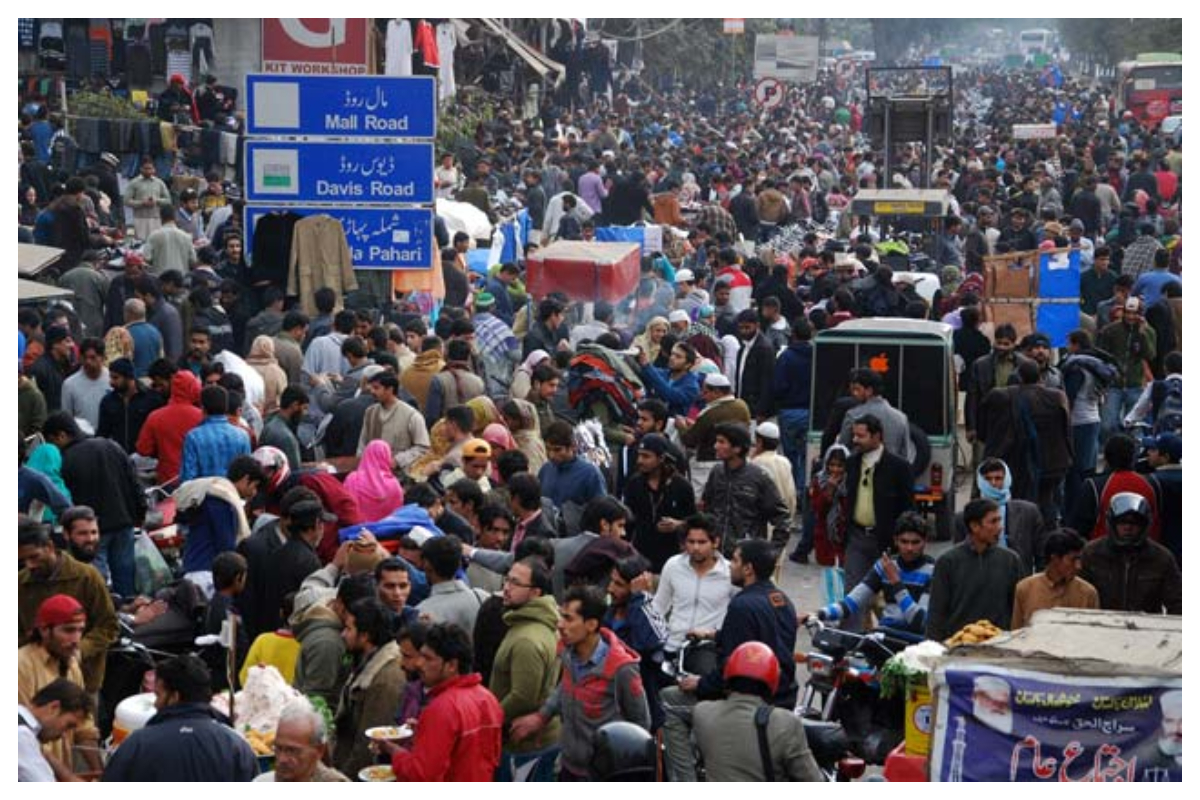- Life expectancy witnessed a slight decline in Pakistan and has been calculated at 65 years
- Female life expectancy is higher than male life expectancy at 65.5 years
- The survey indicates that infant mortality rate was declining in Pakistan
Life expectancy – the average number of years that a person is expected to live – has witnessed a slight decline in Pakistan and has been calculated at 65 years, according to the Pakistan Demographic Survey (PDS) 2020 released by the Pakistan Bureau of Statistics (PBS).
The figures depict a decline in life expectancy when compared to Pakistan Maternal Mortality Survey (PMMS) 2019 which had placed it at 65.4 years.
According to the survey, female life expectancy is higher than male life expectancy as it is 64.5 years for males and 65.5 years for females.
Females have lower death rates than males for most ages, particularly a slight bump in mortality of men aged 25-29 can be seen which may be due to increased risky behaviour and accidental deaths.
The survey notes Sex and Age Specific Death Rate shows that after age 1, the mortality rate falls gradually, attaining minimum risk at age 10 the mortality rate is very low during childhood and then increases exponentially from age 30.
The life expectancy has increased for ages 1-4 both for males and females i.e. 70.6 and 72 respectively and 71.3 overall.
The survey indicated that infant mortality rate was declining in Pakistan, as it was 62 in Pakistan Demographic and Health Survey (PDHS) 2017-18, 60 in Pakistan Standard of Living Standards Measurement Survey (PSLM) 2018-19, and now it is 56 for PDS-2020 but it is still higher.
The probability of dying between birth and the first birthday is much higher in rural areas 59 as compared to urban areas 50 due to better neo-natal and post-natal facilities. Male Infant Mortality Rate is 58 which is higher than female Infant Mortality Rate 55 in all areas.
The Crude Death Rate i.e. number of deaths during a year per 1000 persons – has been calculated at 6.7 whereas the Infant Mortality Rate i.e. number of deaths of infants under age 1 per 1000 live births in a given year is 56.
According to the survey, the Rate of Natural Increase i.e. difference between the Crude Birth Rate and Crude Death Rate has been recorded at 2. The survey calculated the Total Fertility Rate – mean number of children a woman has by age 50 at 3.7
It is pertinent to mention here that PDS 2020 is the 20th round of a series of surveys initiated in 1984. The current round of PDS was started after a gap of 13 years, which provides detailed information on various demographic indicators for the year 2018-2020 at National level with Urban-Rural breakdown.
The field activities of the 20th round were carried out from April 28 to October 15, 2021. For the first time data collection was collected through electronic devices. The software for data collection, real-time monitoring, and online editing was developed by Data Processing Centre of PBS.
According to the survey, available results for PDS 2020 were compared with relevant indicators of PDHS 2017-18 and PSLM 2018-19. The majority of the indicators showed close proximity and thus increasing the credibility of PDS.
[embedpost slug=”/world-population-rises-to-8-billion/”]



















